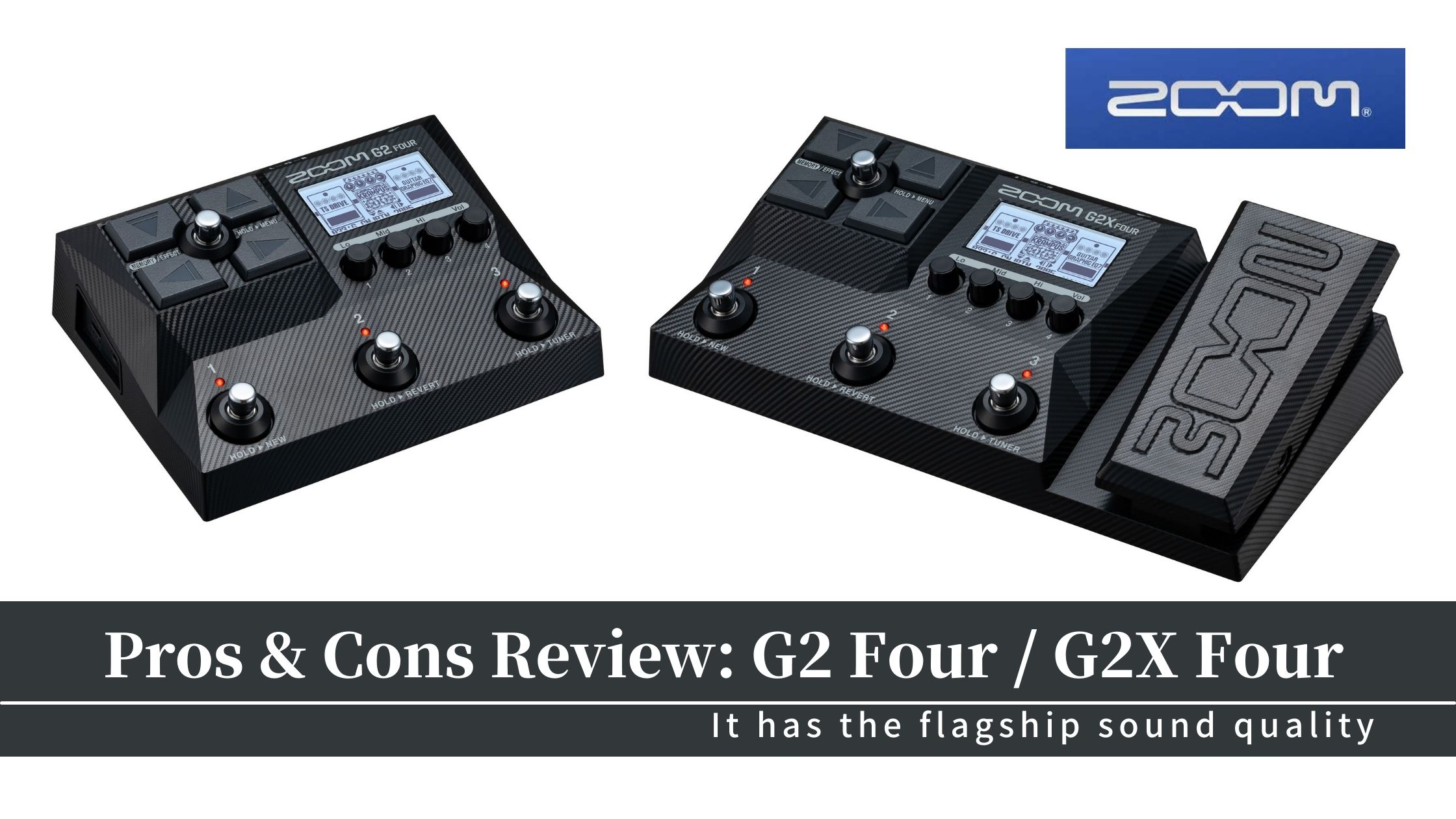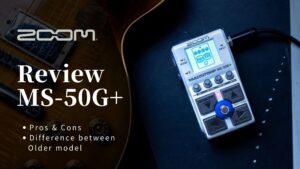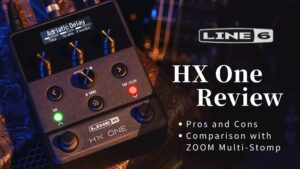- A multi-effects that allows you to use ZOOM's top-class amp modeling for around $200.
- Although it can use up to 6 effects simultaneously, in reality, it's less, making it suitable for beginners to intermediate users.
- Recommended for those who are using a multi-effects for the first time or as an effect for home practice.
- Also a viable option for intermediate and advanced users who want to incorporate an affordable multi-effector into their board.
I am Yosh, an ex-musical instrument store clerk (@Yosh_Guitar). This is a review article on the ZOOM G2 FOUR, including its pros and cons.
Pros of ZOOM G2 FOUR / G2X FOUR
Pro 1: Intuitive Operation Without Needing a Manual
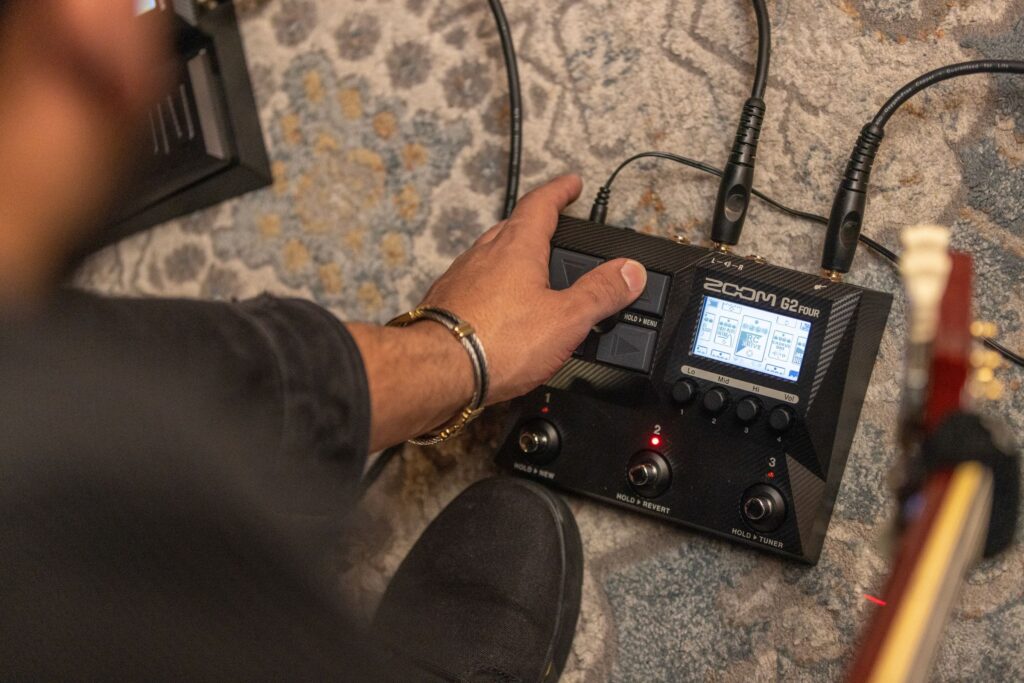
ZOOM, being a Japanese brand, offers the advantage of easy-to-understand operations. With up, down, left, and right cursor-type switches, four control knobs, and four foot switches, intuitive operations are possible. The clear LCD screen displays graphic icons indicating the modeling source, aiming for operability that can be set without looking at the manual. For those who understand the concept of a multi-effector, it’s straightforward to operate and set without reading the manual.
Pro 2: Blending IR According to Picking Strength
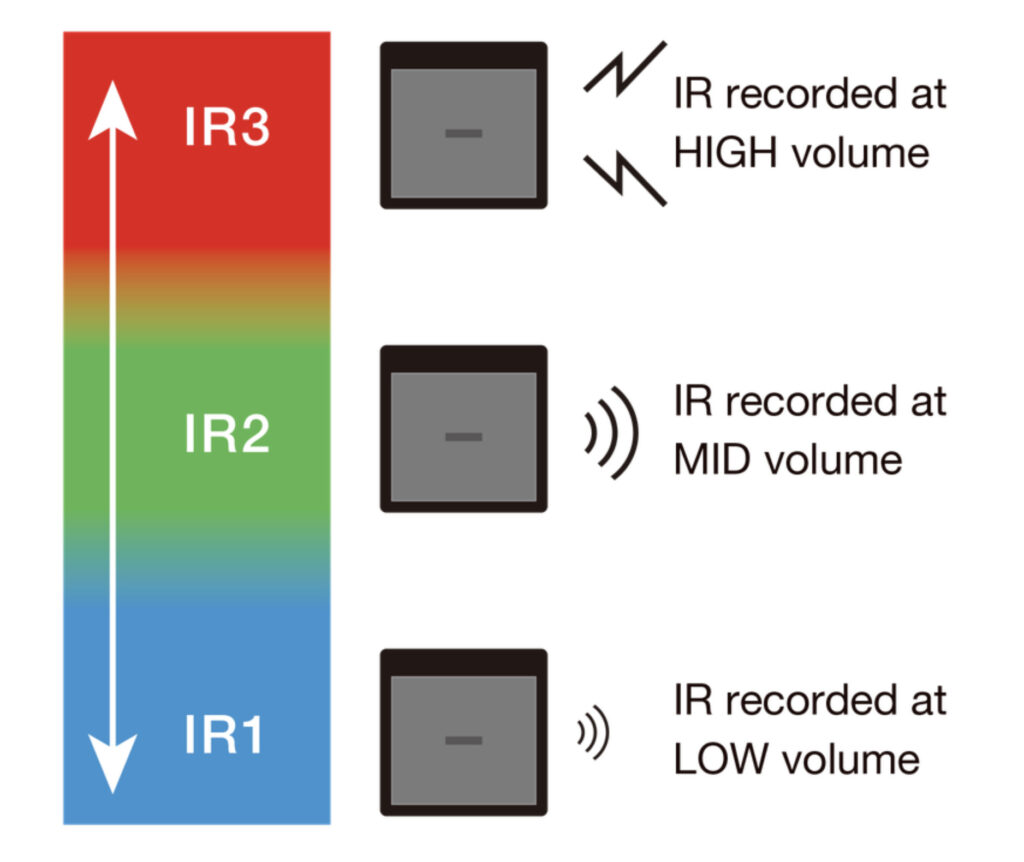
Adopting ZOOM’s newly developed “Multi-layer IR” feature. For a single IR, three different cabinet resonances (LOUD/MEDIUM/SOFT) are adopted depending on the volume. By blending these three types of IR according to the strength of picking and the volume of the guitar, it reproduces the sound reminiscent of a genuine guitar amp. It’s easy to hear even when playing with headphones and is ideal for line recording.
Pro 3: Over 100 Types of Amps/Effects
| AMP | Modeling Source |
|---|---|
| MS 800 | Marshall JCM800 2203 |
| MS 1959 | Marshall 1959 SUPER LEAD 100 |
| MS 45os | Marshall JTM45 Offset |
| FD TWINR | Fender Twin Reverb ’65 |
| FD B-MAN | Fender Bassman ’59 |
| FD DKXR | Fender Deluxe Reverb ’65 |
| FD MASTER | Fender Tone Master B Channel |
| UK 30A | VOX AC30 |
| BG MK1 | Mesa Boogie Mark I Combo |
| BG MK3 | Mesa Boogie Mark III Combo |
| XtasyBlue | Bogner Ecstasy Blue Channel |
| HW 100 | Hiwatt Custom 100 |
| Reti ORG | Mesa Boogie Dual Rectifier Orange Channel |
| ORG120 | Orange Graphic 120 |
| DZ DRV | Diezel Herbert Channel2 |
| MATCH30 | Matchless DC-30 |
| KRAMPUS | ★ Tone combining the bright tone of 1980s British amps with the tight low-end of modern high-gain amps. |
| REDLOOM | ★ A mix of the simple tone of early guitar amps with the rich harmonics of 1960s tube amps. Ideal for rhythm guitar. |
| VELVET | ★ A tone with a smooth character balancing the dynamics of clean and lead tones. Suitable for both rhythm and lead guitar without switching amp channels. |
| MUDDY | ★ Reproduces the sound of vintage amps. Ideal for gritty blues. |
| 7 HEAVEN | ★ Tone with an extremely tight low-end and a wide dynamic range. Ideal for 7 or 8-string guitars. |
| POLLEX | ★ Tone suitable for heavily down-tuned guitars. An amp model suitable for modern heavy metal or slap styles like Djent. |
It features 22 types of amp + cabinet models, including the latest ZOOM originals, and 79 types of guitar effects. Following the quality of the top model G11, the sound is quite good. The sound quality of ZOOM’s original amps, such as the modern high-gain Krampus and the Polyphia-style sound Pollex, is quite luxurious for its price range of around $200. It has a full range of effects, including traditional vintage amps, distortion, ambient, and modulation.
Pro 4: Additional Effects to be Delivered via iOS/Android App
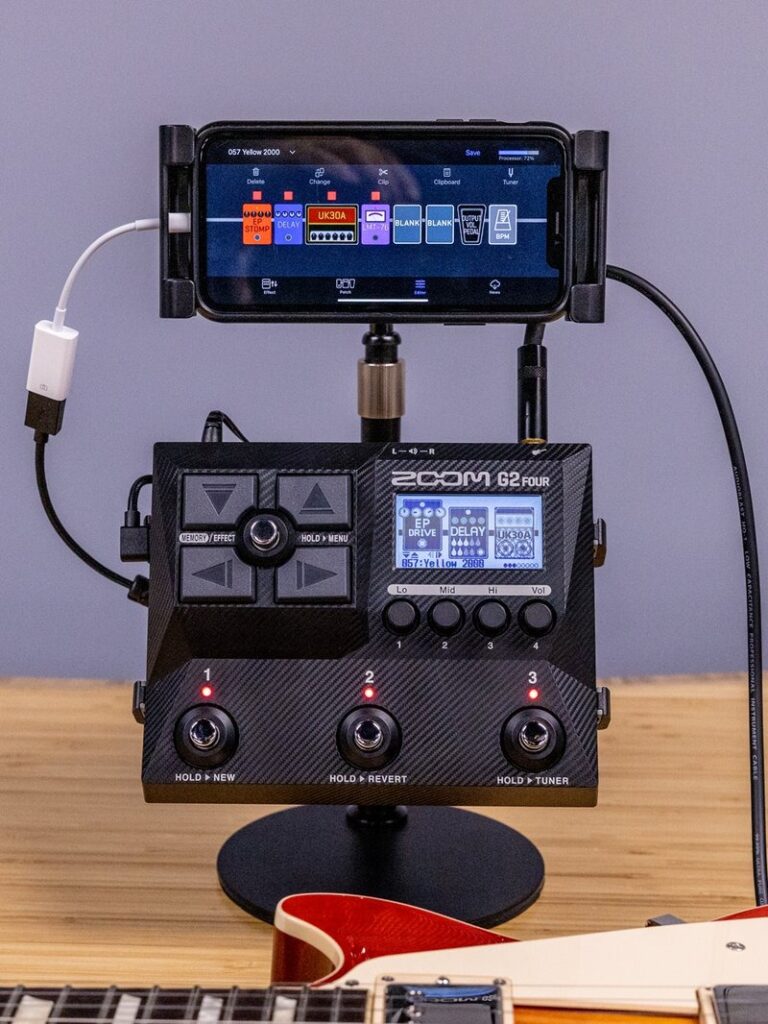
Although it comes equipped with over 100 types from the start, there are plans to deliver over 50 additional effects via a smart device app in the future. In the past, ZOOM added effects through updates for the multi-stomp MG-50G, which was highly rated, so this is also expected. Connection with devices is wired only, but sound creation with the app is also possible.
Pro 5: Looper with a Maximum of 80 Seconds and 68 Types of Rhythms
It has a built-in looper with a maximum recording time of 80 seconds. Additionally, it incorporates 68 types of rhythm patterns from various genres. You can use the looper on top of the drum rhythm pattern. It’s perfect for creating backing for one chord or chord progression and practicing improvisation.
Pro 6: Two Play Modes for Preferred Foot Switch Operation
The foot switch operation adopts two modes. You can switch modes with the upper left foot switch.
- MEMORY mode: Switch presets with the foot switch. Switch to the adjacent patch with the left and right buttons and switch the patch every 10 with the up and down buttons. There are essentially three types of tone switches. There is a slight sound cut when switching tones.
- EFFECT mode: The three effects displayed on the screen can be individually turned ON/OFF with the foot switch. It’s like turning a pedal effect ON/OFF.
Pro 7: AUX IN and Headphone Connection Ideal for Home Practice
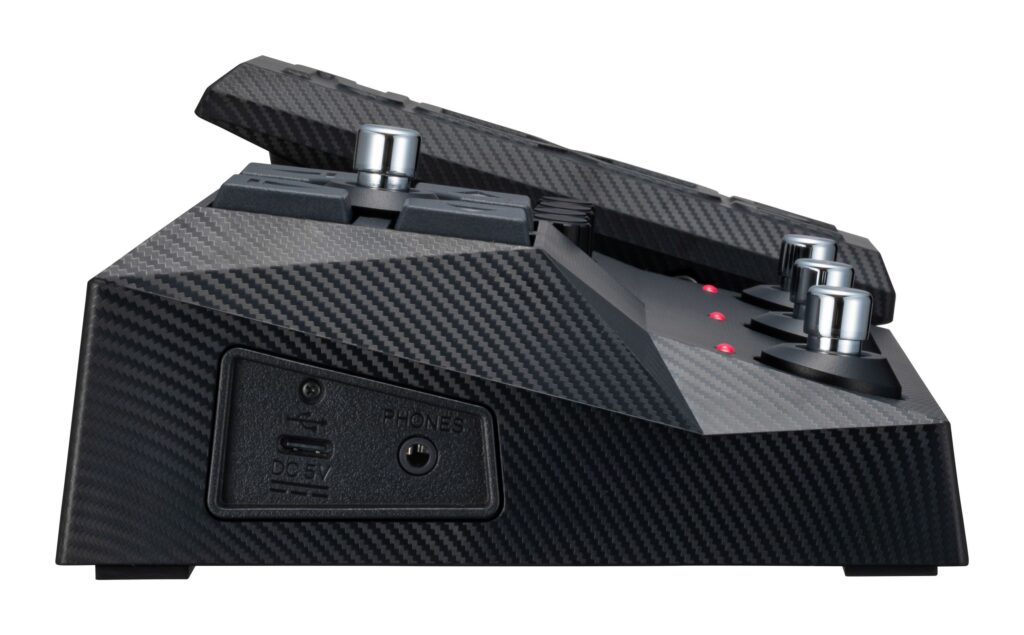
The G2 FOUR allows direct headphone connection. It’s also equipped with an AUX IN terminal that can input external sound sources. By connecting with smartphones, you can play songs from YouTube or Spotify and play the guitar along with them. It also has a built-in chromatic tuner. It can also function as an audio interface when connected to a computer or smartphone, making it usable for recording electric guitars. It’s perfect for environments where you can’t produce sound from an amp or for nighttime practice.
Cons of ZOOM G2 FOUR / G2X FOUR
Con 1: Cannot Load External IR
While the Multi-layer IR is an interesting feature, you cannot load additional external IRs. This is particularly disappointing for those who want to use it as a sub-machine for G11 or G6.
Con 2: Limited Flexibility of the Foot Switch
There are a total of four foot switches, but they cannot be customized. For example, there seems to be a demand to assign the upper left foot switch to a tuner ON/OFF or use it as a TAP switch. Also, in effect mode, only the three effects displayed side by side can be operated. There’s a possibility that general operations, such as turning ON/OFF the first-stage booster and the last-stage delay, cannot be done. It’s not suitable for band use if you frequently switch tones.
Con 3: Some Effects Limit Simultaneous Use
The maximum simultaneous use is 6 effects + 1 pedal effect. This is sufficient when considering using an amp with several distortions or ambient effects, but there are exceptions. When using multiple effects that require a lot of processing power, the DSP usage rate can be as high as 60% to 71%. Therefore, using these modeling amps with delay or reverb can limit the use of other effects. The looper and rhythm machine are also counted as one effect each, which can be a disadvantage when used simultaneously. Those who want to be particular about sound creation for home recording may need to rely on other hardware or software for some effects. Conversely, those who go that far might need to buy higher-grade effects.
Difference between G2 FOUR and G2X FOUR
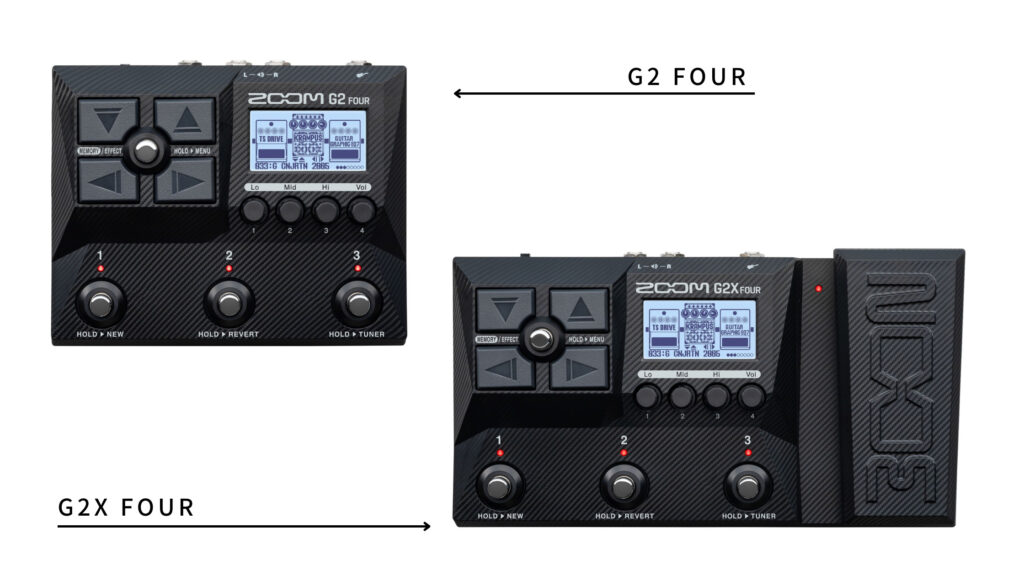
| G2 FOUR | G2X FOUR | |
|---|---|---|
| Market Price | $199.99 | $229.99 |
| Expression Pedal | None (external connection possible) | Equipped |
| Size | 184 x 145 x 71 mm | 274 x 150 x 71 mm |
| Weight | 707g | 951g |
The difference between G2 FOUR and G2X FOUR is only the presence or absence of an expression pedal. With an expression pedal, it can be used as a wah or volume pedal. If you’re unsure, G2X FOUR is recommended. The price difference is $30. G2 FOUR can later connect a separately sold expression pedal with a cable, but the ZOOM genuine product costs $60 at regular price. If you definitely don’t use Wah and prefer something compact, ZOOM G2 FOUR might be better. The effect itself is inherited from the upper model, so for intermediate and advanced users who want to incorporate a multi-effector into their effect board at a low cost, G2 FOUR seems to be a good choice.
ZOOM G2 FOUR / G2X FOUR is Recommended for:
- Those who already have a pedal effect and want a multi-effects for the first time to produce various sounds.
- Those who are looking for a multi-effects mainly for home practice.
- Those who want a compact multi-effects to fit into their effect board.
- Those who want to use it as a lightweight and portable sub-machine for their effect board.
- Those who don’t frequently switch tones during songs.
- Those who don’t heavily use amp modeling and multiple effects.
- Those who want to use it as a rhythm machine or looper for practice.

